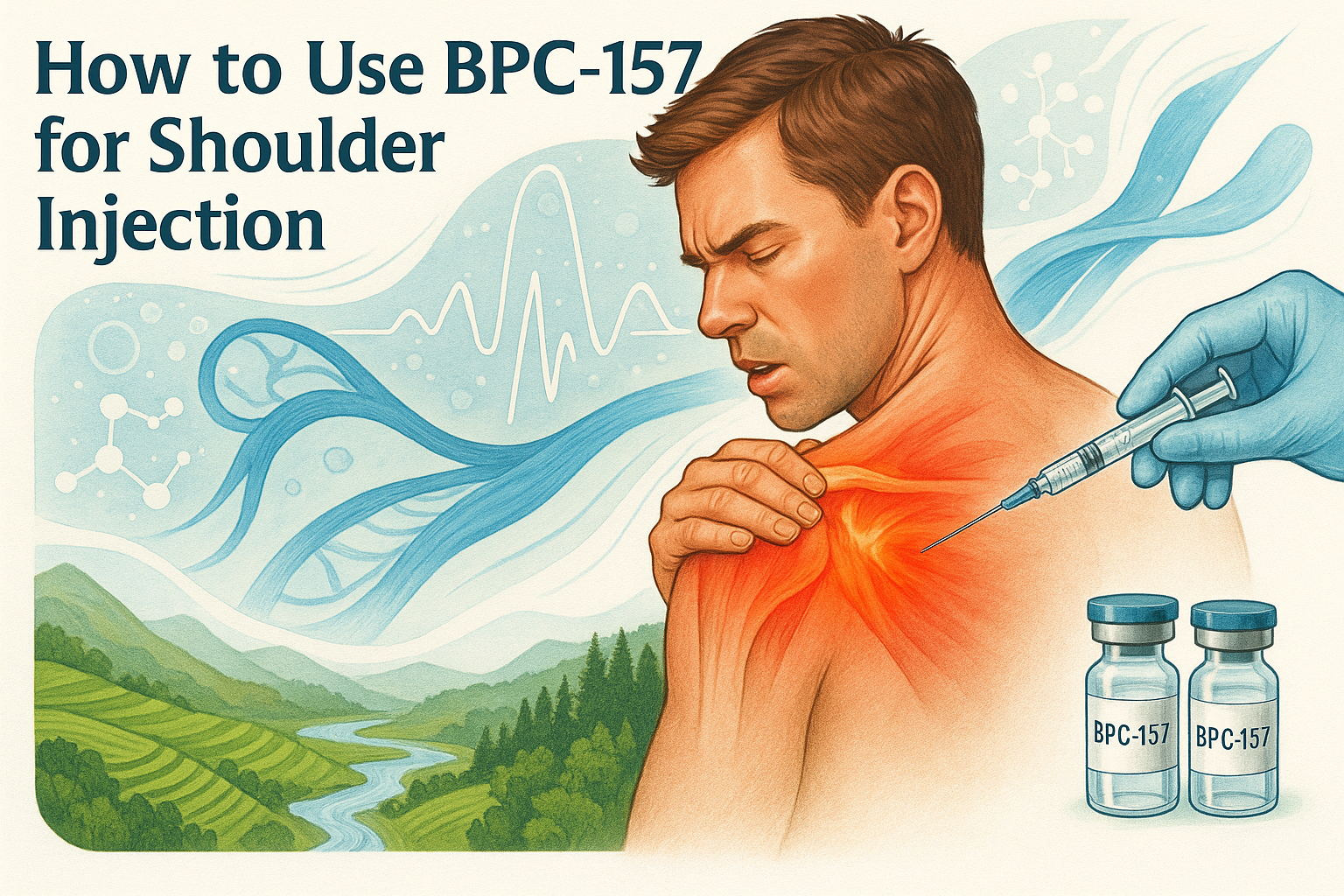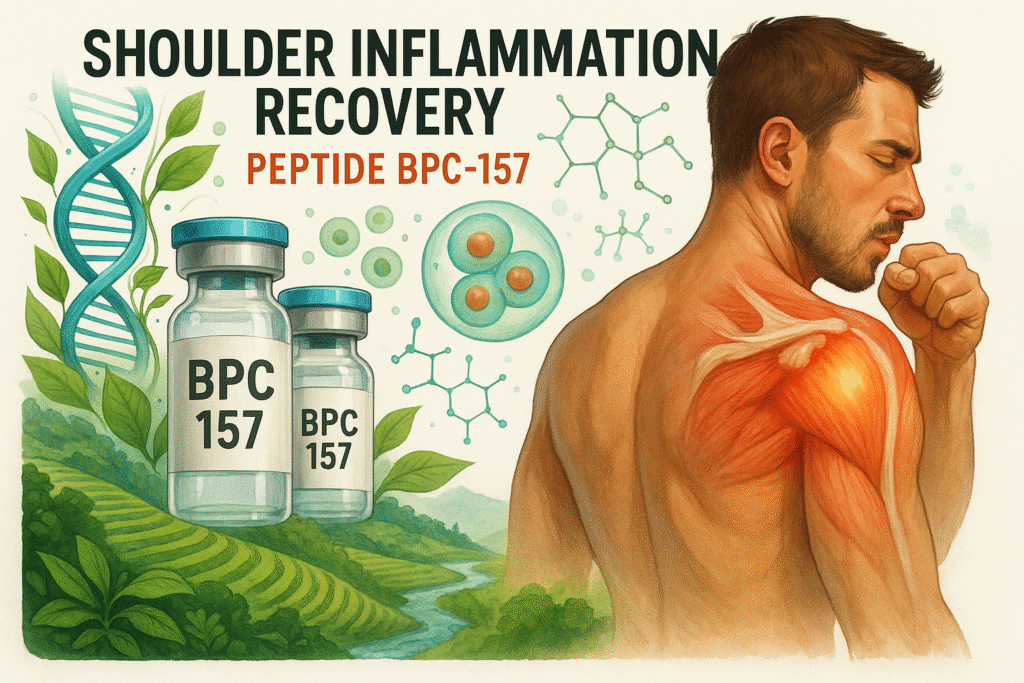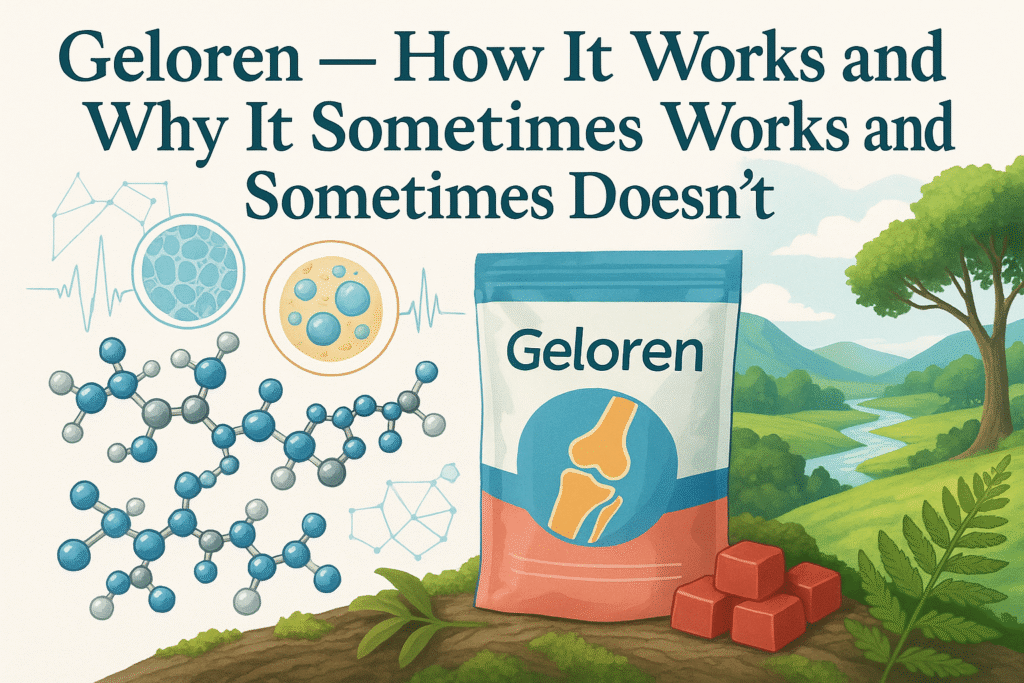To effectively use BPC-157 for shoulder recovery, it is essential to follow the correct administration method, dosage, and treatment duration. Below is a detailed guide to ensure proper use of this peptide.
1. Methods of BPC-157 Administration
BPC-157 can be administered in two ways:
- Subcutaneous (SubQ) – Injected near the injury site.
- Intramuscular (IM) – Deeper injection into the damaged tissue.
For shoulder recovery, subcutaneous or intramuscular injection close to the injury site is the best method. Intra-articular injection (inside the joint) is unnecessary and not recommended without medical supervision.
2. How to Prepare BPC-157 for Injection
A. Required Materials:
- BPC-157 vial (lyophilized powder)
- Bacteriostatic water (or 0.9% saline) for reconstitution
- Insulin syringe (1 ml, 29-31G needle, 8-12 mm length)
- Alcohol swabs for disinfection
B. Reconstitution Process:
- Add bacteriostatic water to the BPC-157 vial
- For a 5 mg vial, add 2 ml of bacteriostatic water to achieve a concentration of 2.5 mg/ml.
- For a 2 mg vial, add 1 ml of bacteriostatic water to achieve 2 mg/ml.
- Do not shake the vial!
- Gently swirl the vial until the powder is dissolved to avoid peptide degradation.
- Storage
- Store the reconstituted vial in the refrigerator (2-8°C).
- Use the solution within 4 weeks.
3. Where and How to Inject the Shoulder?
A. Choosing the Injection Site:
The best injection points are around the injury or the area of greatest pain. The most commonly used sites include:
- Front shoulder (supraspinatus tendon and rotator cuff) – for rotator cuff inflammation.
- Lateral shoulder (acromion area) – for acromioclavicular joint strain.
- Rear shoulder (trapezius and deltoid attachment) – if pain radiates to the scapula and upper back.
B. Injection Technique:
- Disinfect the injection site – Wipe the skin with an alcohol swab.
- Draw the correct dose into the syringe – Ensure no air bubbles.
Subcutaneous Injection:
- Hold the needle at a 45-degree angle and inject into a skin fold.
- Slowly inject the solution.
- Wait a few seconds before removing the needle.
Intramuscular Injection:
- Insert the needle at a 90-degree angle into the muscle.
- Inject the solution slowly, then remove the needle.
- After injection – Apply sterile gauze and gently massage the area for better absorption.
4. Dosage and Treatment Duration
The optimal dose and duration depend on the severity of the shoulder injury and overall health condition.
- Standard dosage: 250-500 mcg (0.25-0.5 mg) once or twice daily
- For severe injuries: 750 mcg – 1 mg daily, divided into two doses
- Treatment duration: 2-6 weeks, depending on the injury and recovery progress
In most cases, a minimum of 4-6 weeks is recommended for lasting results. After this period, improvements can be evaluated, and the treatment can be extended if necessary.
Important: BPC-157 works best with proper rehabilitation and physiotherapy, as it speeds up recovery but does not replace movement therapy.
5. Can BPC-157 Be Combined with Other Peptides or Supplements?
Yes! BPC-157 works synergistically with other recovery-supporting substances:
- TB-500 – Enhances soft tissue repair and works throughout the body.
- Collagen Type II + Vitamin C – Supports cartilage and tendon regeneration.
- Omega-3 – Has anti-inflammatory properties.
- Magnesium + Zinc – Supports muscle repair and nervous system recovery.
6. Summary – Why Use BPC-157 for Shoulder Inflammation?
- Quickly reduces inflammation and accelerates tissue regeneration.
- Improves blood circulation in the injury area, aiding healing.
- Safe to use – minimal side effects, non-toxic.
- Works at the cellular level, supporting tendon, muscle, and nerve repair.
- Easy to administer – can be injected subcutaneously at home.
BPC-157 is one of the best regenerative methods, significantly speeding up recovery after shoulder injuries. By following these guidelines, you can achieve maximum effects and effectively reduce inflammation.
Disclaimer: This content is for informational purposes only and does not substitute for professional medical advice. Always consult a licensed healthcare provider before starting injectable therapies.


